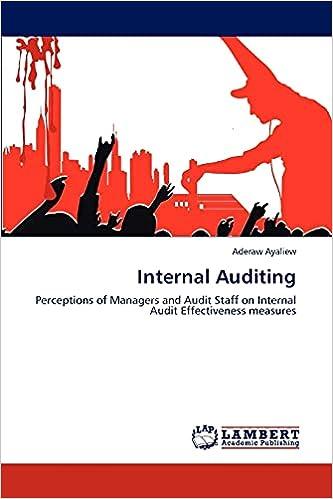Net Present Value Use Exhibit 123.1 and Exhibit 120.2 to locate the present value of an annuity of $1, which is the amount to be multiplied times the future annual cash flow amount. Each of the following scenarios is independent. Assume that all cash flows are after-tax cash flows. a. Campbell Manufacturing is considering the purchase of a new welding system. The cash benefits will be $480,000 per year. The system costs $3,250,000 and will last 10 years. b. Evee Cardenas is interested in investing in a women's specialty shop. The cost of the investment is $280,000. She estimates that the return from owning her own shop will be $35,000 per year. She estimates that the shop will have a useful life of 6 years. C. Barker Company calculated the NPV of a project and found it to be $63,900. The project's life was estimated to be 8 years. The required rate of return used for the NPV calculation was 10%. The project was expected to produce annual after-tax cash flows of $135,000. Required: 1. Compute the NPV for Campbell Manufacturing, assuming a discount rate of 12%. If required, round all present value calculations to the nearest dollar. Use the minus sign to indicate a negative NPV. $ -538,144 X Should the company buy the new welding system? No 2. Conceptual Connection: Assuming a required rate of return of 8%, calculate the NPV for Evee Cardenas' investment. Round to the nearest dollar. If required, round all present value calculations to the nearest dollar. Use the minus sign to indicate a negative NPV. $ -118,209 Should she invest? No What if the estimated return was $135,000 per year? Calculate the new NPV for Evee Cardenas' investment. Would this affect the decision? What does this tell you about your analysis? Round to the nearest dollar. $ 344,051 X be purchased. This reveals that the decision to accept or reject in this case is affected by differences in estimated The shop should now cash flow 3. What was the required investment for Barker Company's project? Round to the nearest dollar. If required, round all present value calculations to the nearest dollar. $ 656,271 x Feedback Check My Work Net Present Value (NPV): NPV = P-I The difference between the present value of future cash flows and the initial investment outlay. Apply the discount factor derived from the tables to the cash flows. Use the given interest rate (required rate of return, discount rate, cost of capital) with either Exhibit and the appropriate cash flows. 1. Use the information in (a) to calculate NPV. 2. Use the information in (b) to calculate NPV. Then adjust the amounts and recalculate NPV. 3. Use the information in (c) to calculate the initial investment. I = P - NPV Review the "How to Assess Cash Flows and Calculate Net Present Value" example in the text









